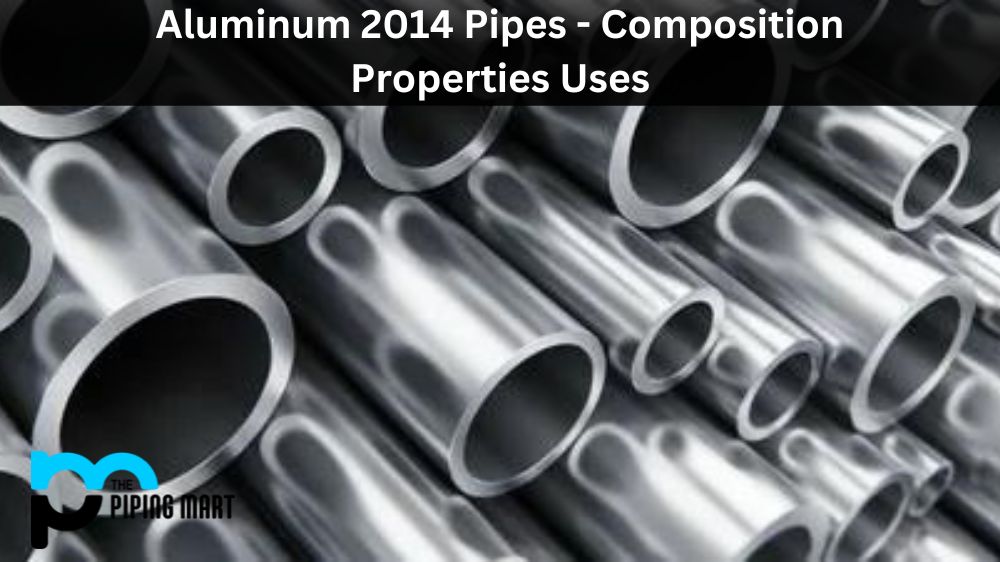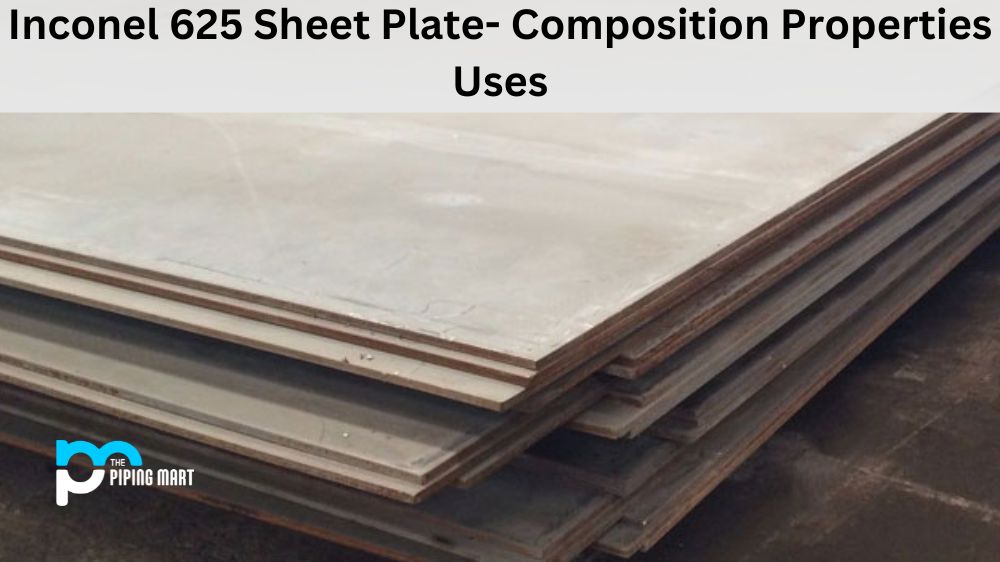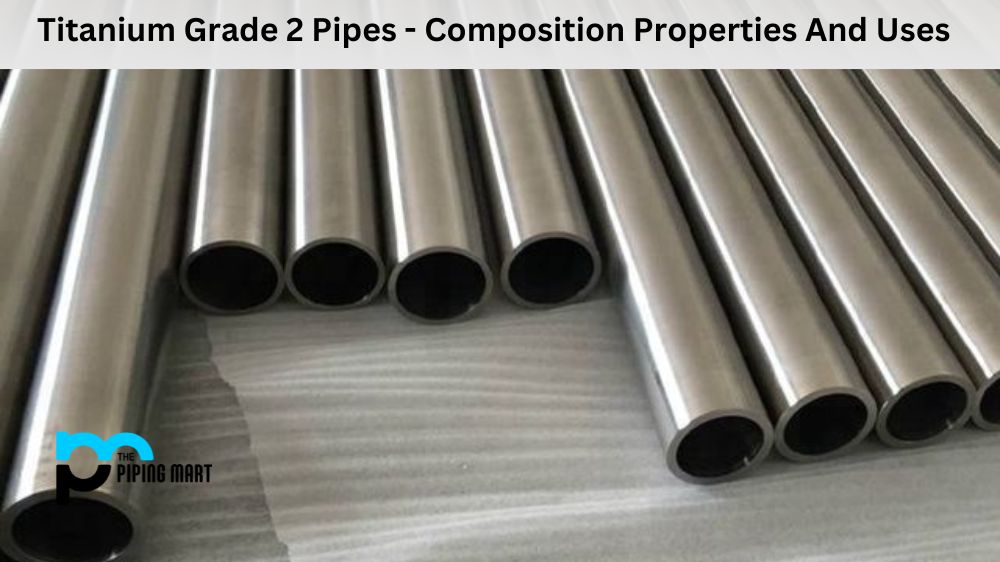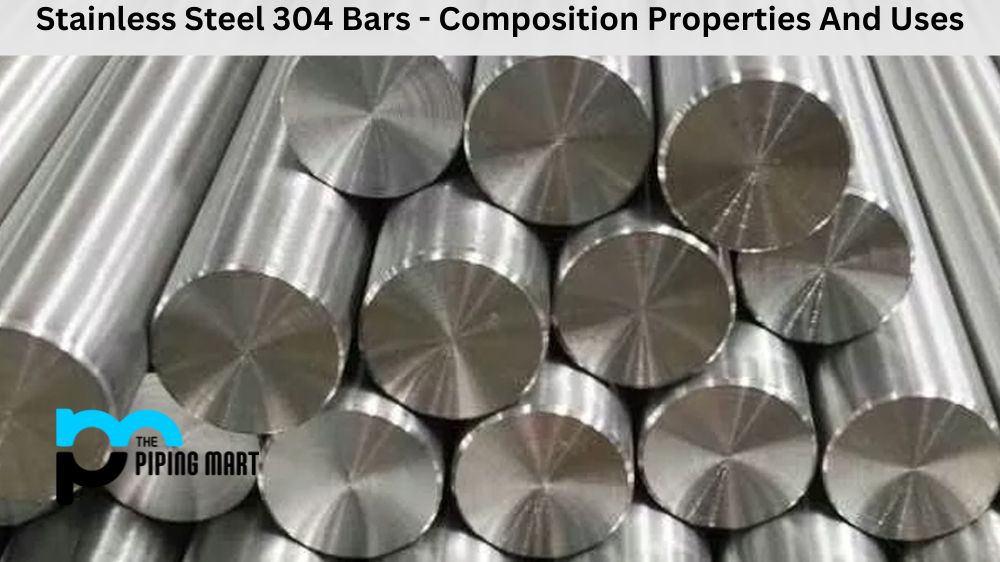Aluminum 2014 Pipes are popular in various industries, especially aerospace and aircraft engineering. They offer several unique benefits, such as a high strength-to-weight ratio, excellent corrosion resistance, and easy formability. This blog will delve deep into the composition, physical and mechanical properties used, heat treatment, and corrosion resistance of aluminum 2014 pipes to understand their full potential.
What is Aluminum 2014 Pipes?
Al 2014 Pipes are industrial tubing made of aerospace grade aluminum alloy (2014). This type of pipe is formed through an extrusion process and is extremely resilient, lightweight, and non-corrosive. It’s commonly used in various industries due to its resistance to thermal expansion and pressure loads.
Aluminum 2014 Pipes Composition
Aluminum 2014 Pipe is a high-strength aluminum alloy that contains 1.2% copper and a small amount of magnesium. The alloying elements make the material stronger and more ductile than pure aluminum. The copper content contributes to its excellent corrosion resistance, while magnesium improves its workability and weldability. The alloy may also contain small amounts of other elements such as iron, silicon, and manganese.
| Aluminium 2014 | Fe | Si | Mg | Mn | Cu | Zn | Ti | Al |
| 0.7 | 0.50 – 1.20 | 0.2 – 0.8 | 0.4 – 1.2 | 3.9 – 5.0 | 0.25 | 0.15 | 93.5 |
Aluminum 2014 Pipes Physical Properties
2014 Aluminum pipes have a 2.82 g/cm³ density, much lower than steel, making them ideal for lightweight applications. The melting point of this alloy is 535°C, and it has a thermal conductivity of 121W/(m. K), which means it can dissipate heat quickly. The coefficient of thermal expansion is 23.2 μm/(m. K), and the specific heat capacity is 880 J/(kg. K).
Aluminum 2014 Pipes Mechanical Properties
One of the unique properties of 2014 Al pipes is its high strength-to-weight ratio. It boasts a tensile strength of 450 MPa and a yield strength of 400 MPa, making it suitable for applications that require high strength and durability. The alloy also exhibits good fatigue resistance and withstands repeated loading and unloading cycles.
| Material | Temper | Diameter (mm) | Tensile Strength min ((N/mm²) | Yield Strength (min) (N/mm²) | Elongation on 5.65 V (min) |
| 2014 Pipes | T4 | <20 | 370 | 230 | 11 |
| 2014 Pipes | T4 | 20-75 | 390 | 250 | 11 |
| 2014 Pipes | T4 | 75-150 | 390 | 250 | 9 |
| 2014 Pipes | T4 | 150-200 | 370 | 230 | 8 |
| 2014 Pipes | T6510 | 20-75 | 480 | 435 | 7 |
| 2014 Pipes | T6510 | 75-150 | 465 | 420 | 7 |
Aluminum 2014 Pipes Equivalent
| STANDARD | UNS | WERKSTOFF NR. |
| Aluminium 2014 | A92014 | 3.1255 |
Aluminum 2014 Pipes Uses
Aluminum alloy 2014 pipes are widely used in the aerospace and aviation industries, where weight reduction and high strength are critical. They are also used in manufacturing bicycle frames, electrical conductors, marine components, and structural components. The alloy also finds application in welding and brazing, owing to its excellent weldability.
Aluminum 2014 Pipes Heat Treatment
To enhance the mechanical properties of DIN 3.1255 pipes, they can undergo various heat treatment processes, such as solution heat treatment and aging. Solution heat treatment involves heating the alloy to a high temperature and quenching it in water or air to achieve maximum strength. Aging involves reheating the alloy to a lower temperature to allow the formation of additional strength-enhancing precipitates.
Aluminum 2014 Pipes Corrosion Resistance
The copper content in aluminum alloy 2014 pipes imparts excellent resistance to corrosion, especially in saltwater environments. However, the alloy is not immune to corrosion, and it may form a light oxide layer on the surface, which can be easily removed with a mild acid solution. Regular cleaning and maintenance are essential to keep the pipes in optimal condition and prevent corrosion.
Conclusion:
Aluminum 2014 pipes are an excellent choice for high strength, lightweight, and corrosion resistance applications. The combination of copper and magnesium provides unique properties that enhance weldability, workability, and mechanical strength. Regular maintenance and cleaning can ensure that these pipes remain in optimal condition and continue to perform their intended function. By understanding the composition, physical and mechanical properties, uses, heat treatment, and corrosion resistance of aluminum 2014 pipes, you can make an informed decision on whether or not this material is right for your specific application.

A passionate metal industry expert and blogger. With over 5 years of experience in the field, Palak brings a wealth of knowledge and insight to her writing. Whether discussing the latest trends in the metal industry or sharing tips, she is dedicated to helping others succeed in the metal industry.




